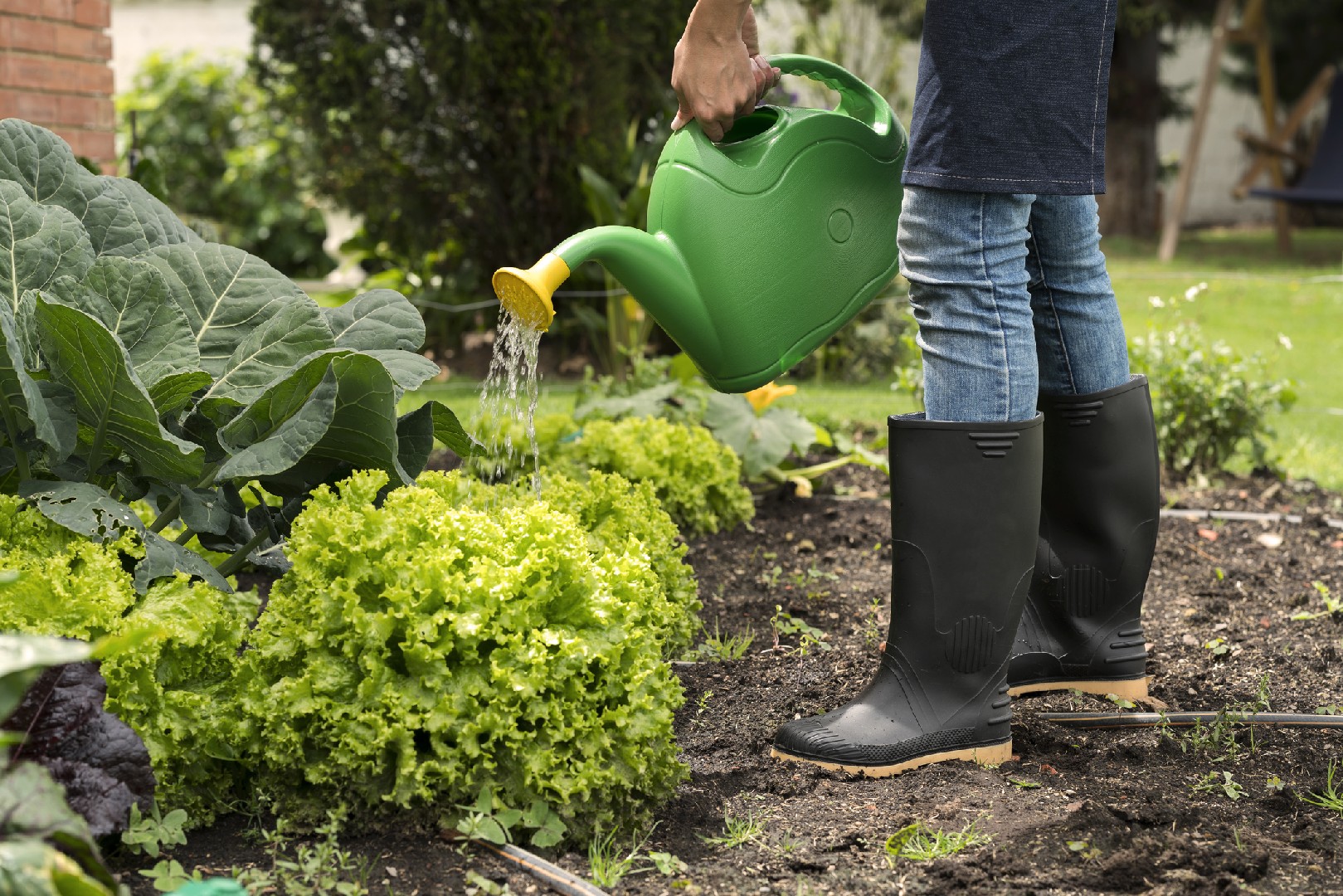![Rectangle]()
Grasping the Basics: The Effects of Weather on Watering
Understanding how different weather conditions affect water absorption in plants is essential for effective watering practices. The three main factors that influence water absorption are rainfall, humidity, and temperature.
Rainfall plays a crucial role in supplying water to plants naturally. When it rains, the soil becomes saturated with water, allowing plants to absorb moisture through their roots. Adequate rainfall can reduce the need for additional watering, especially during the wet season. However, in drier regions or during periods of drought, rainfall may not be sufficient to meet the water requirements of plants. In such cases, supplemental watering becomes necessary to ensure plants receive adequate moisture.
Humidity also impacts water absorption in plants. High humidity levels reduce water loss through evaporation from the leaves, slowing down transpiration. This can be beneficial during hot and dry spells when plants are more prone to drying out. On the other hand, low humidity levels can increase transpiration rates, leading to quicker water loss from the plants. It is important to monitor humidity levels and adjust watering practices accordingly to maintain an optimal moisture balance.
Temperature is another significant factor that affects water absorption. Higher temperatures increase the rate of evaporation, causing plants to lose water more quickly. In hot and dry weather, plants may require more frequent watering to compensate for the increased water loss. Conversely, cooler temperatures slow down evaporation and reduce the water needs of plants. During colder seasons, it is essential to adjust watering frequency to prevent overwatering and potential root rot.
The effects of weather conditions on watering needs vary across seasons. Understanding these variations is crucial for adapting watering practices accordingly. For example, in the spring, when temperatures are mild and rainfall is generally abundant, plants often have sufficient moisture. Regular watering might not be necessary, except in cases of prolonged dry spells. As summer approaches, the combination of higher temperatures and increased evaporation rates calls for more frequent watering. Be mindful of the specific water requirements of different plant species and adjust watering schedules accordingly.
In conclusion, weather conditions have a significant impact on the watering needs of plants. To ensure optimal growth and health, it is essential to understand how rainfall, humidity, and temperature influence water absorption. Adapting watering practices to weather conditions can conserve water resources and prevent over or under watering. By monitoring weather conditions and adjusting watering schedules accordingly, you can cultivate thriving plants that thrive in their environment. Remember to consider the specific needs of different plant species and always prioritize conservation and sustainability in your watering practices."





